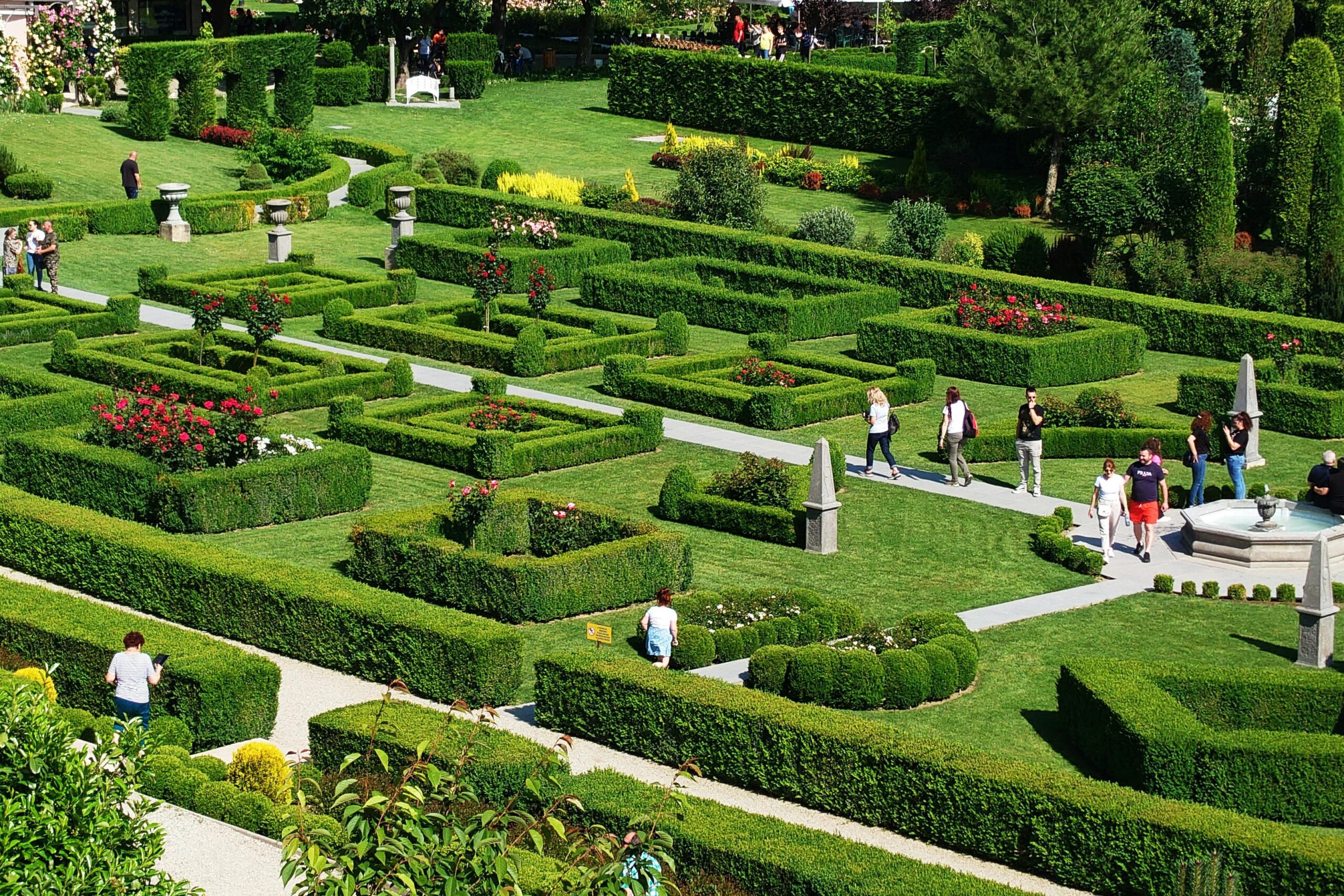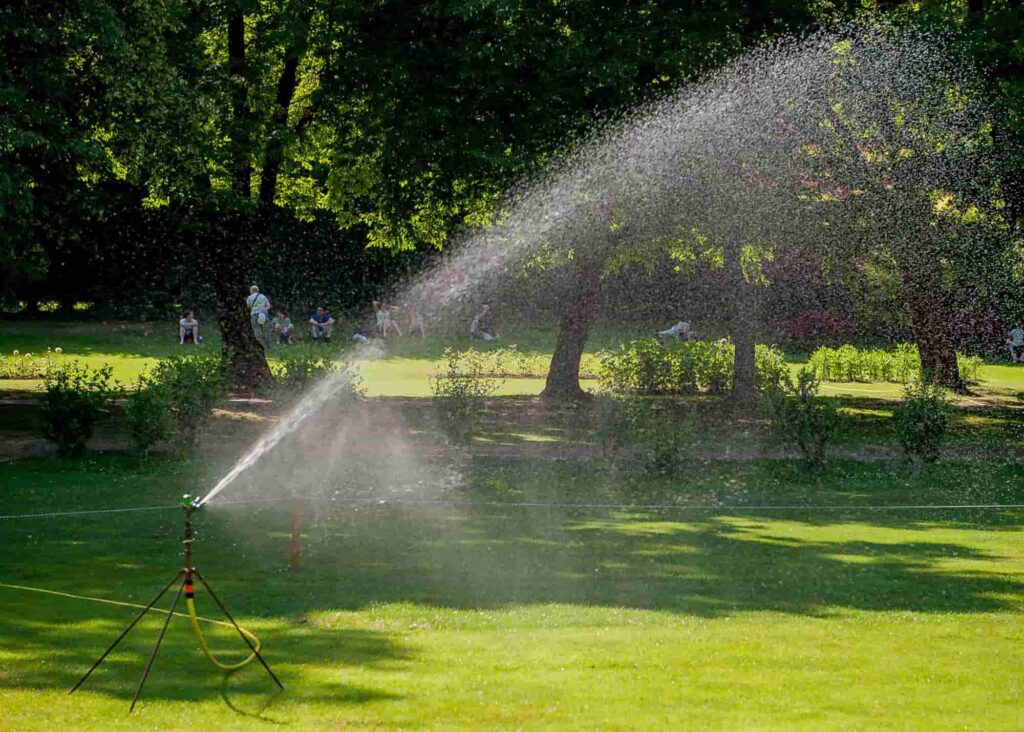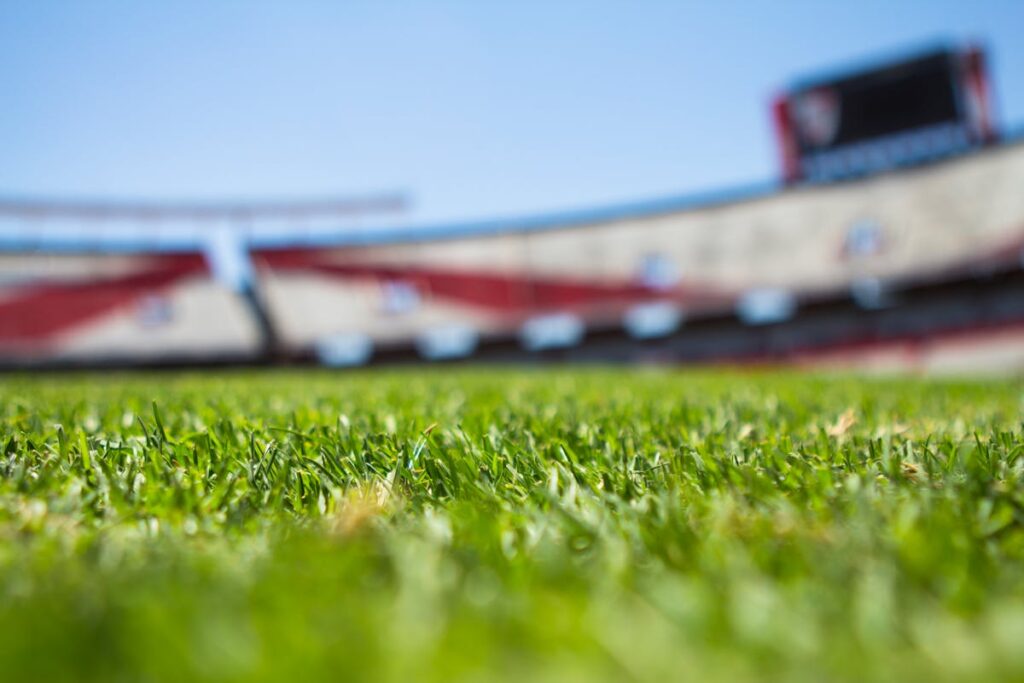Landscape care is more than lawn maintenance—it involves trees, shrubs, flower beds, hardscapes, and the health of the entire outdoor ecosystem. Done right, it enhances biodiversity, conserves resources, increases property value, and minimizes environmental impact. Experts from university extensions and environmental agencies recommend sustainable methods like using native plants, hydrozoning, and integrated pest management (IPM) to reduce water consumption by up to 50% and minimize chemical use.
Plant Selection and Design
Choose plants suited to your region’s climate, soil, and light conditions to reduce maintenance. Native plants thrive naturally with less water and fertilizer, while supporting pollinators and wildlife. Mix perennials, shrubs, and trees for year-round interest—holly for winter color, beautyberry for wildlife, oakleaf hydrangea for autumn foliage. Avoid invasive species that disrupt ecosystems.
Hydrozoning—grouping plants with similar water needs—optimizes irrigation. Use container plantings to add flexibility in small spaces and reduce soil disturbance.
Soil Health and Preparation
Healthy soil underpins a thriving landscape. Test pH annually (ideal 6.0–7.0) and amend with compost to improve structure, drainage, and microbial life. Aerate compacted zones to aid root growth and oxygen flow. On slopes, use terracing or groundcovers to prevent erosion.
For flower beds, cultivate and weed before planting to ensure strong starts. Adding organic matter can boost water retention by up to 30%, reducing irrigation needs.
Watering Techniques
Established landscapes generally need 1–1.5 inches of water per week. Water deeply but less often to encourage deep roots, ideally in the morning to limit evaporation. Drip irrigation and soaker hoses deliver water efficiently to plant bases, reducing waste.
Incorporate rain gardens or bioswales to capture runoff, and monitor soil moisture before watering. For new plants, maintain consistent watering until established.
Mulching and Edging
Apply 2–3 inches of organic mulch (bark, compost) around plants to retain moisture, suppress weeds, and stabilize soil temperature. Refresh annually in spring or fall. Avoid piling mulch against tree trunks to prevent rot.
Edging—whether stone, steel, or natural—defines beds and contains mulch for a polished look. Mulching can cut weed growth by up to 75%.
Pruning and Trimming
Prune to remove dead or diseased wood, improve airflow, and maintain shape. Time pruning based on plant type—spring bloomers after flowering, fruit trees in late winter. Deadhead flowers to prolong blooming, and lightly trim hedges throughout the season.
Correct pruning improves plant vigor and reduces pest problems by up to 50%.
Fertilizing Guidelines
Base fertilizer use on soil test results. Use slow-release or organic products like compost or bone meal. Apply in spring for growth and in fall for root strength. Over-fertilizing can harm plants and cause nutrient runoff.
Balanced fertilization enhances plant color, health, and resilience.
Pest and Weed Management
Implement IPM by monitoring for problems before treating. Encourage beneficial insects with native plants, hand-pull weeds, and use mulch to block weed seeds. Apply pre-emergents in spring and spot-treat pests to minimize chemical impact.
Seasonal Landscape Care Calendar
| Season | Lawns | Plants/Beds | Trees/Shrubs | Hardscapes |
|---|---|---|---|---|
| Spring | Fertilize, overseed bare spots | Amend soil, plant cool-season crops, divide perennials | Prune post-bloom shrubs, fertilize fruit trees | Clean decks/furniture, repair cracks |
| Summer | Mow weekly, water deeply | Mulch, deadhead, harvest, monitor pests | Light prune, tie vines | Weed pavers, maintain irrigation |
| Fall | Overseed, fertilize, leaf cleanup | Plant fall flowers, clear debris | Mulch new plantings, prune | Refresh gravel, clean gutters |
| Winter | Minimal care, aerate if possible | Protect beds with mulch, remove debris | Inspect for damage, prune dormant trees | Store tools, cover furniture |
Landscaping Makeover
Sustainable Approaches
Use compost for soil enrichment, recycle yard waste, and reduce impermeable surfaces to improve drainage. Incorporate clover or low-mow grasses to save water and support pollinators. Sustainable designs lower long-term costs, sequester carbon, and reduce heat island effects.
By combining thoughtful design, seasonal attention, and sustainable practices, your landscape can remain beautiful, functional, and environmentally responsible all year long.









